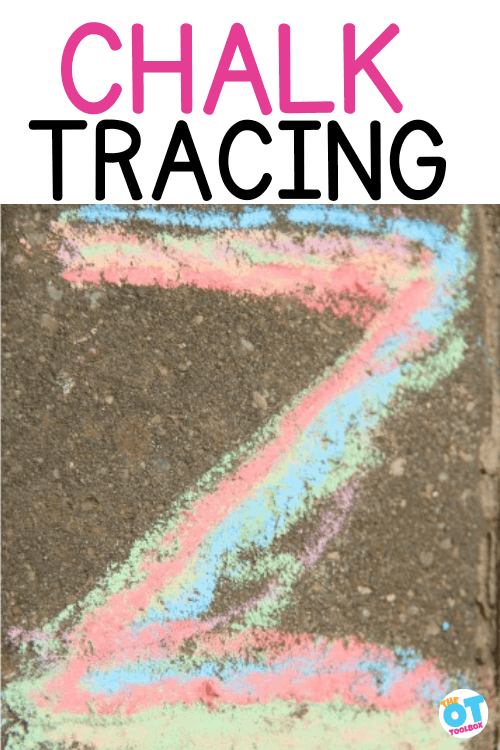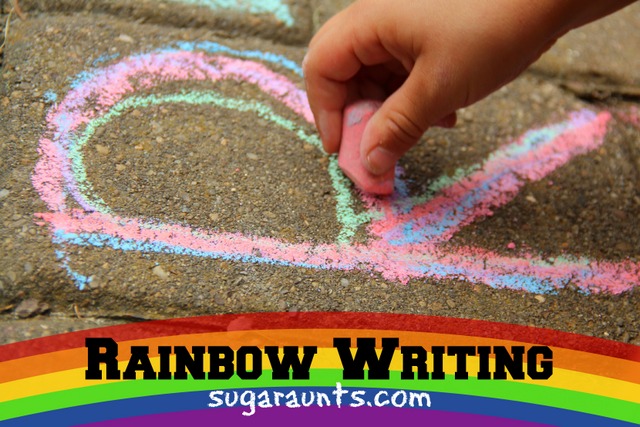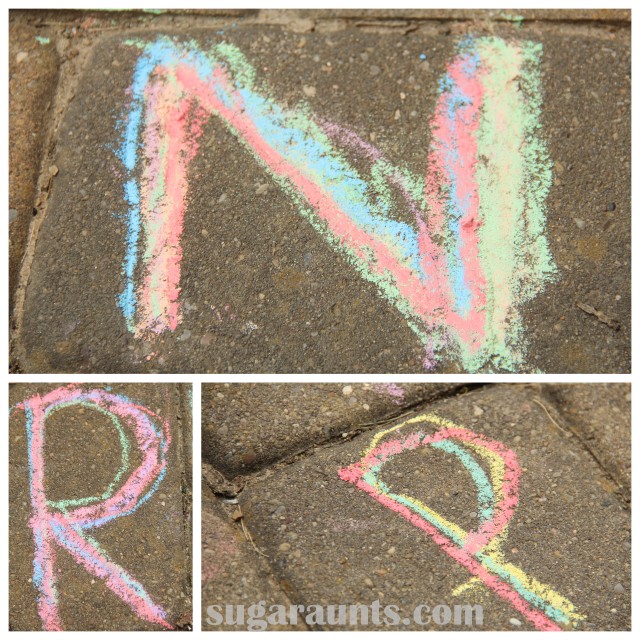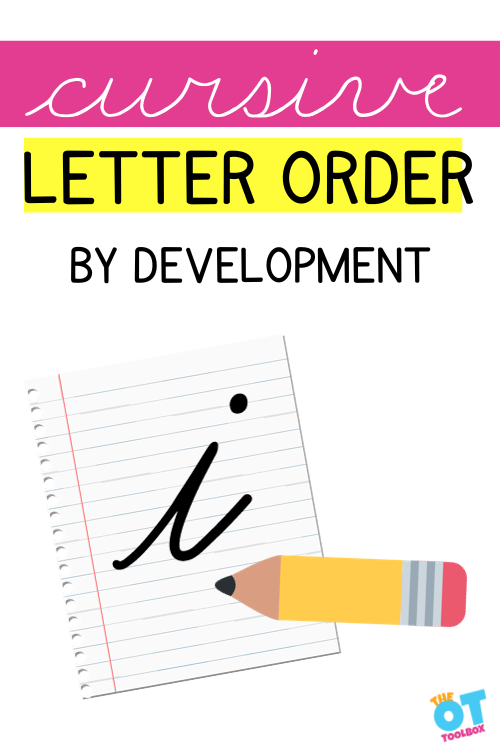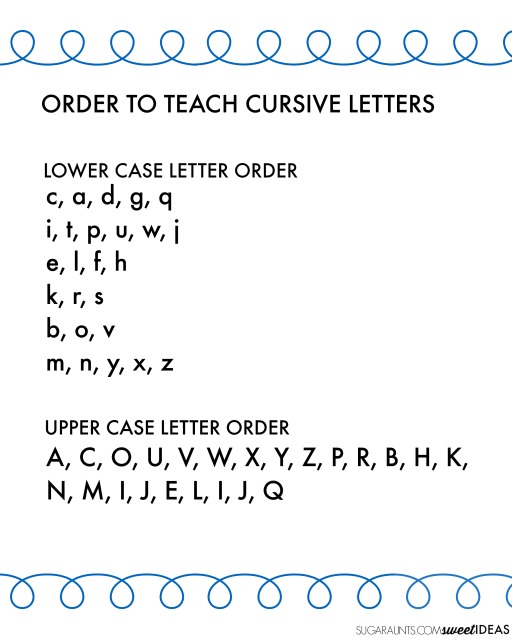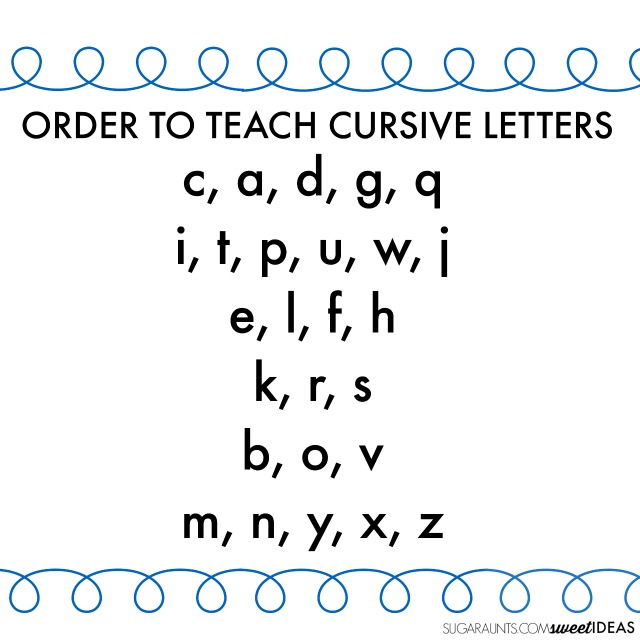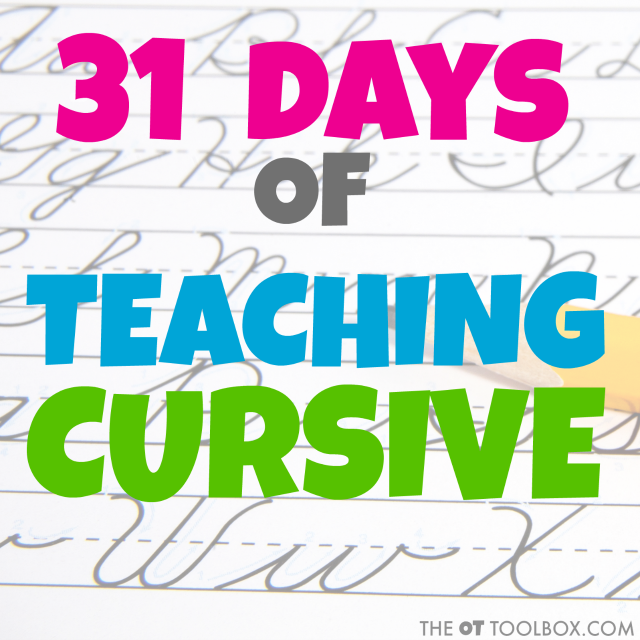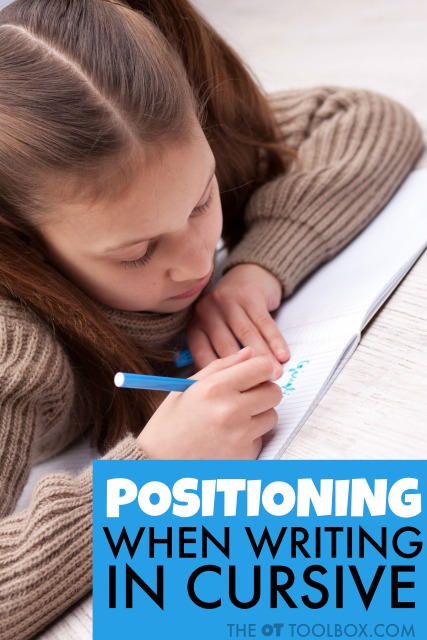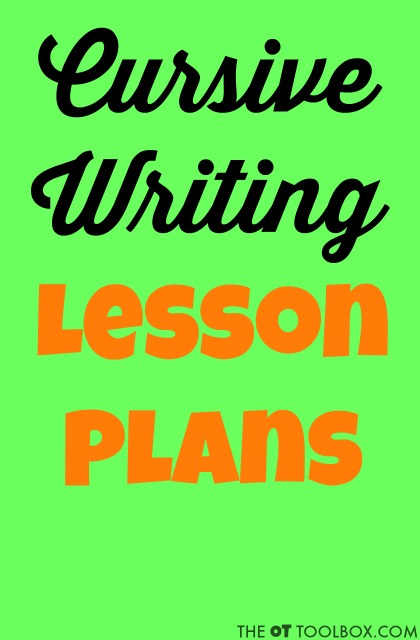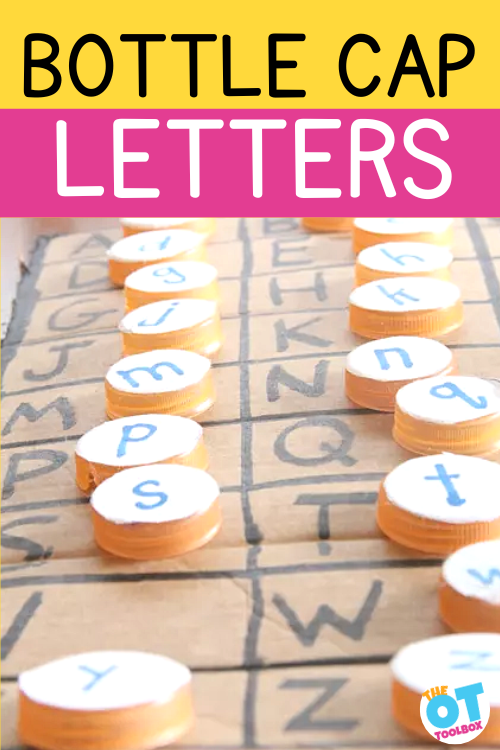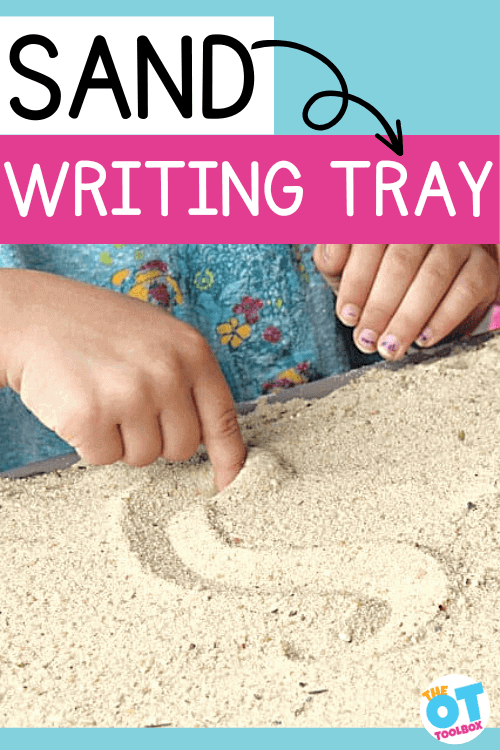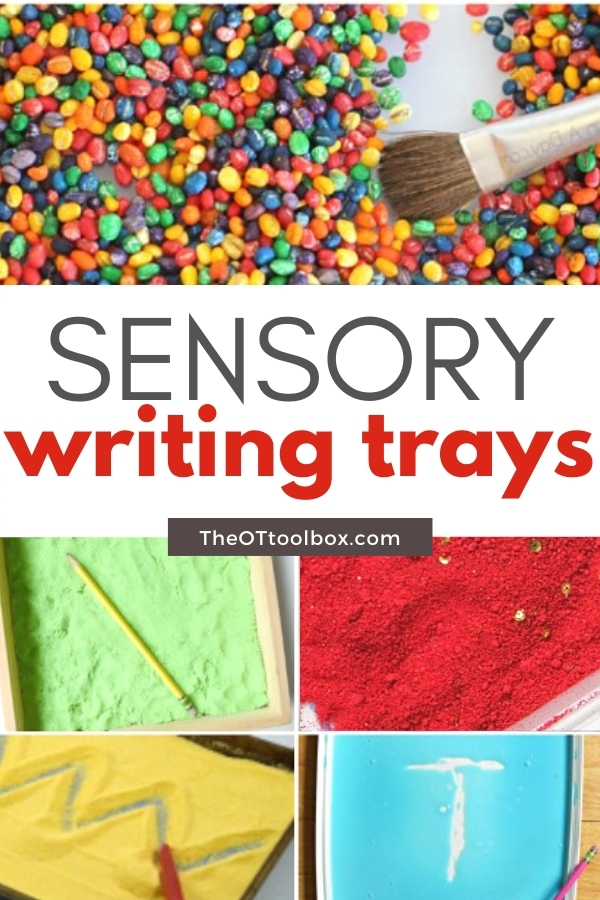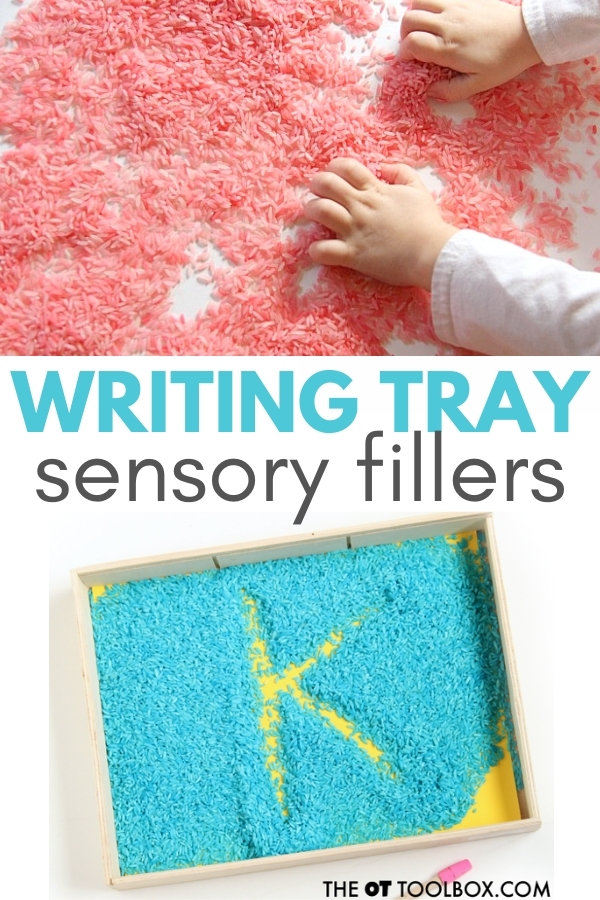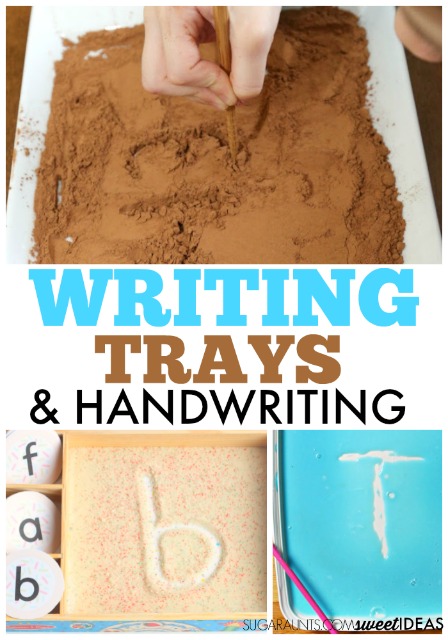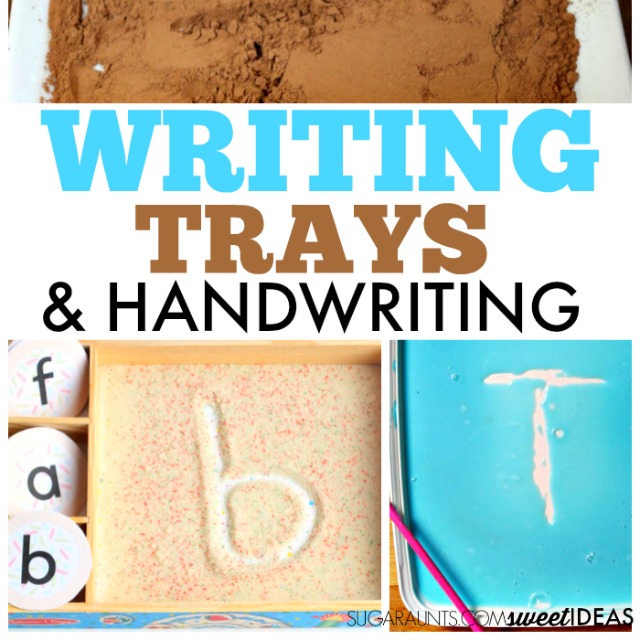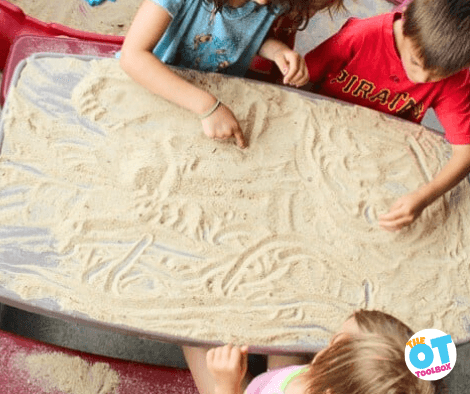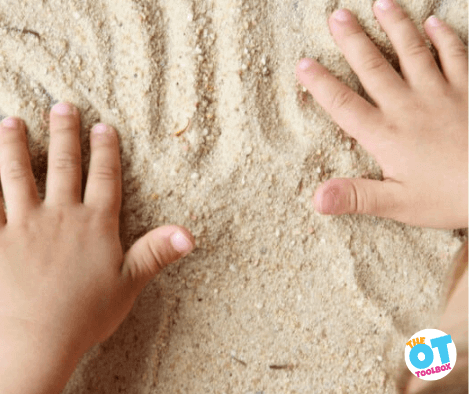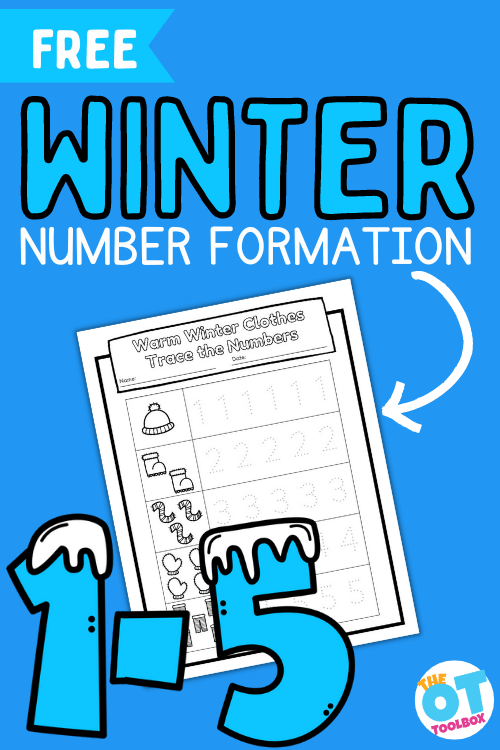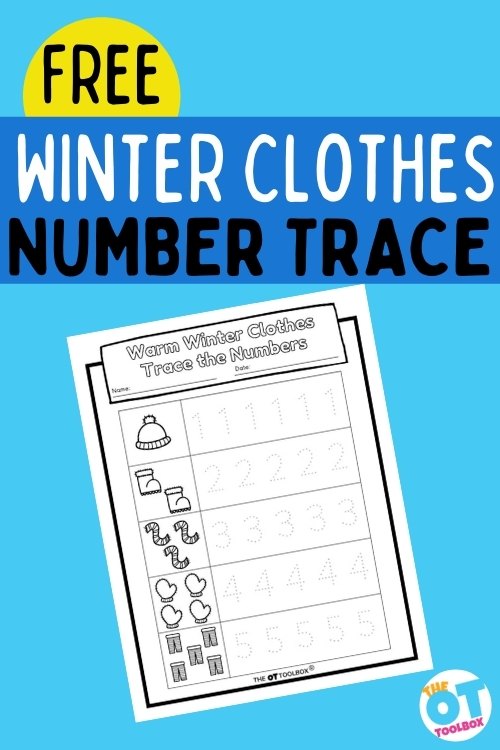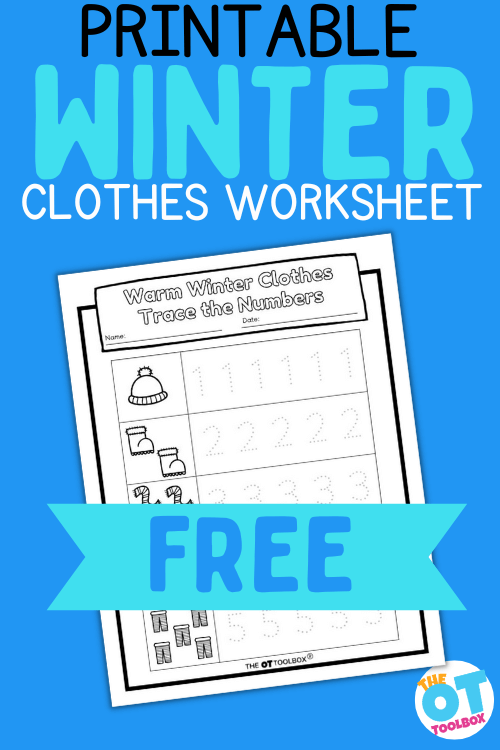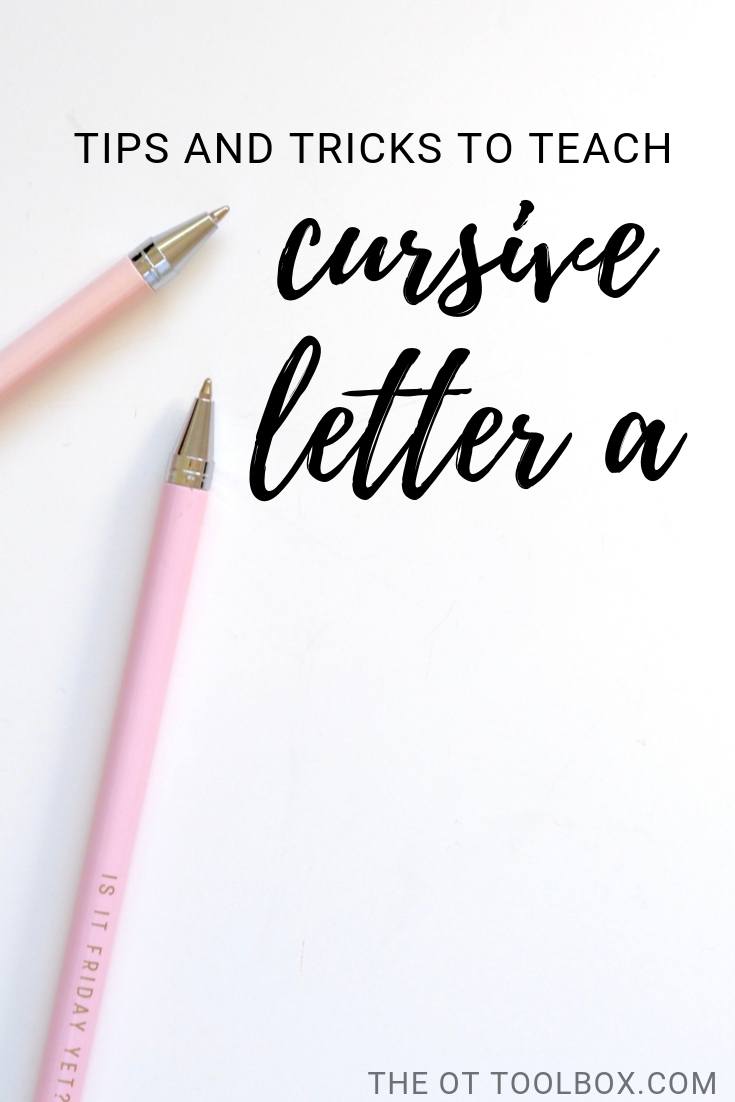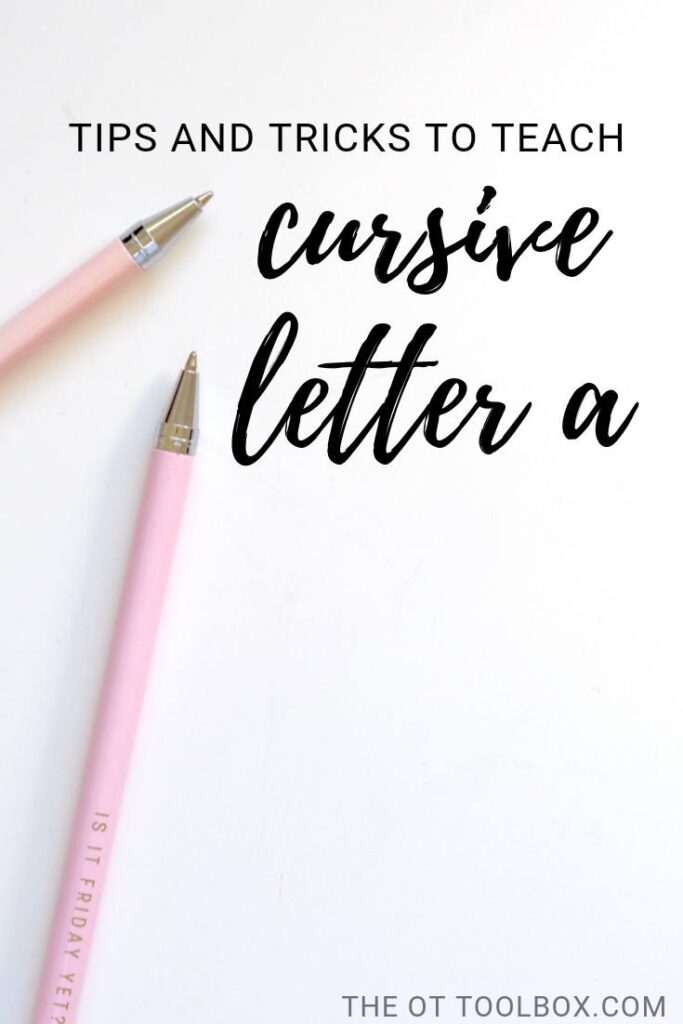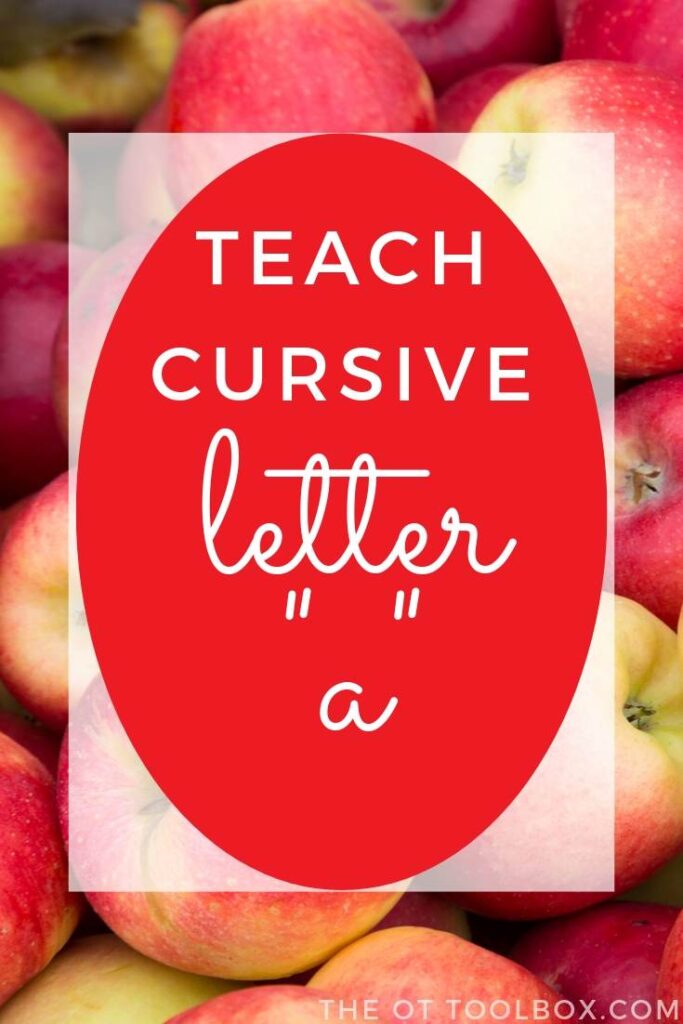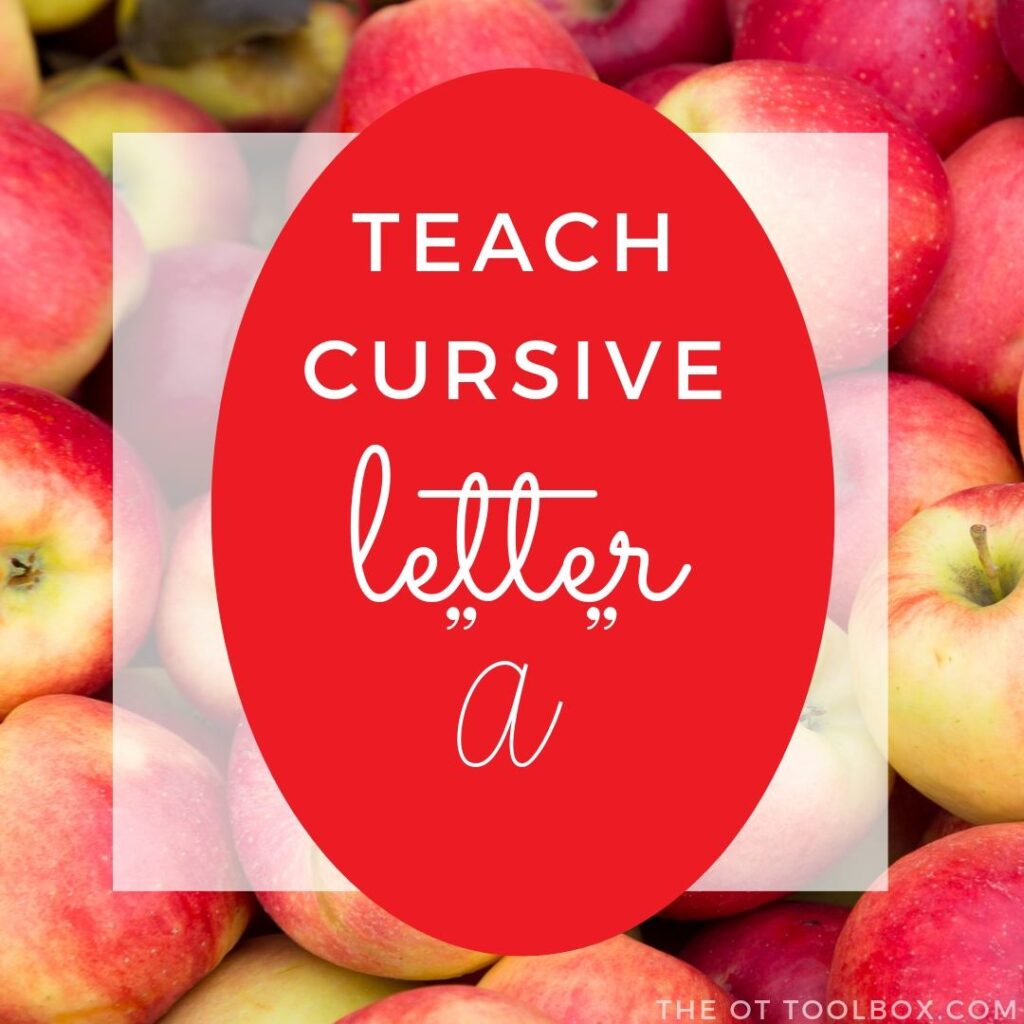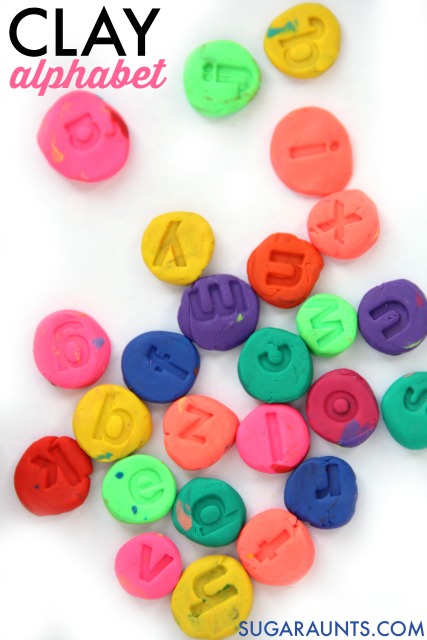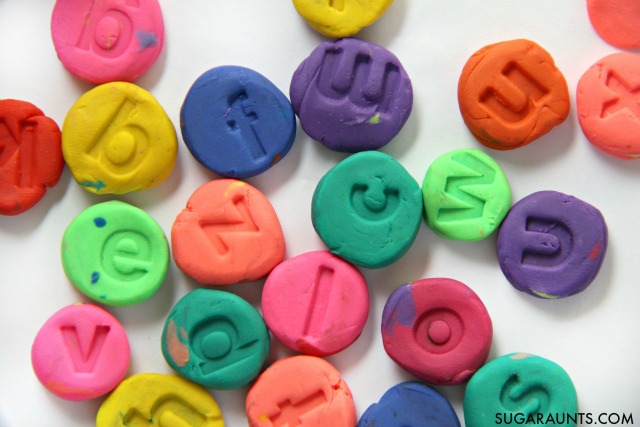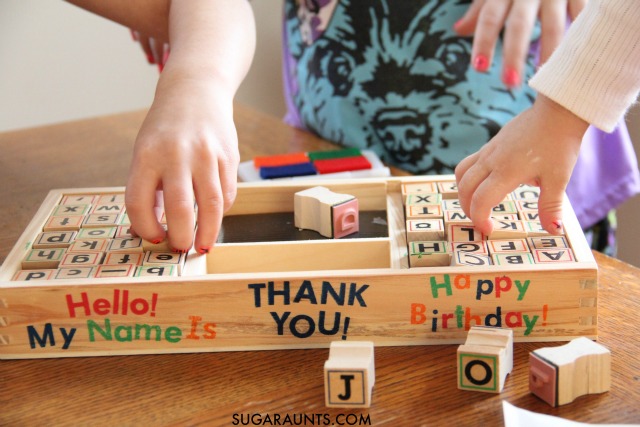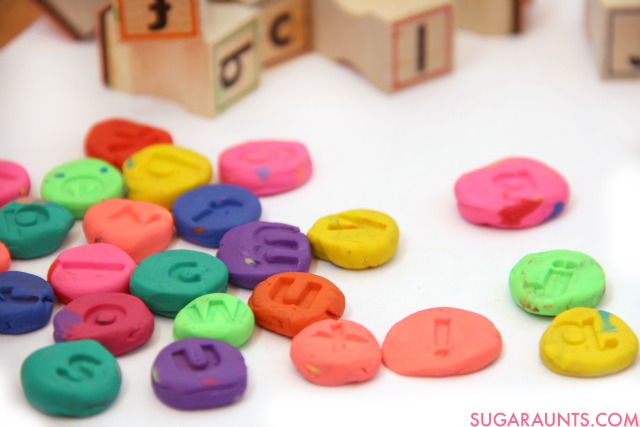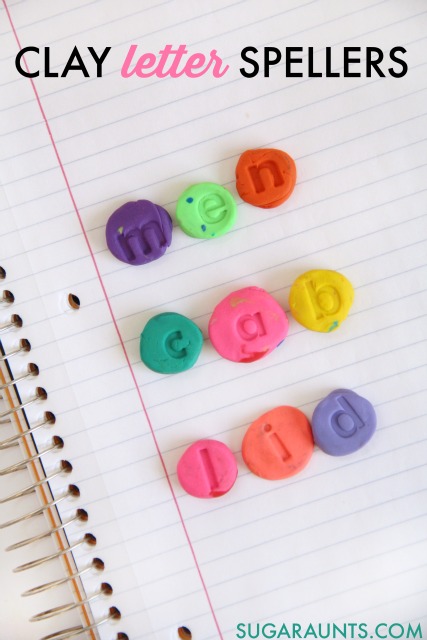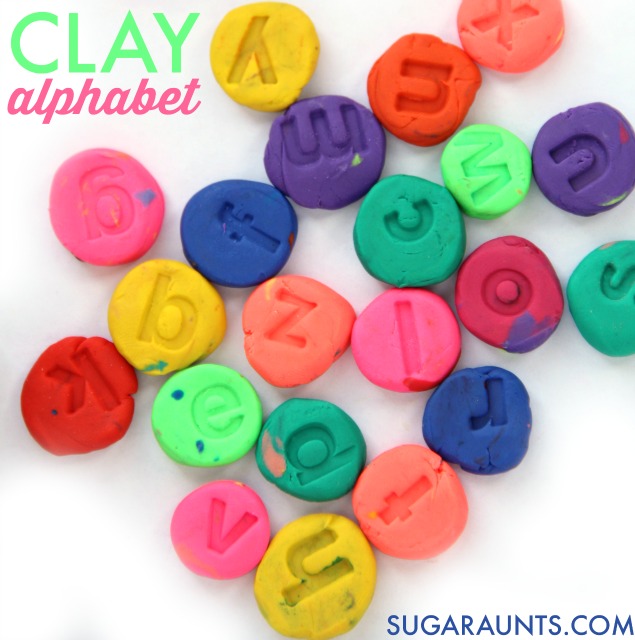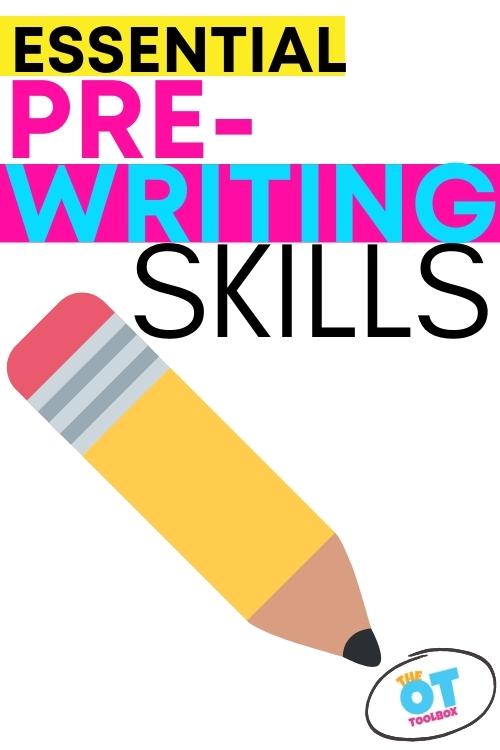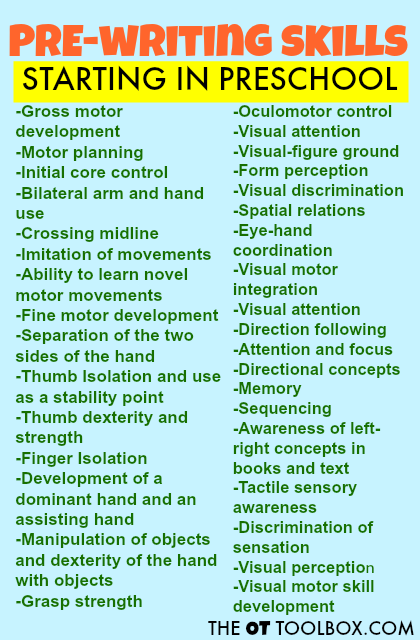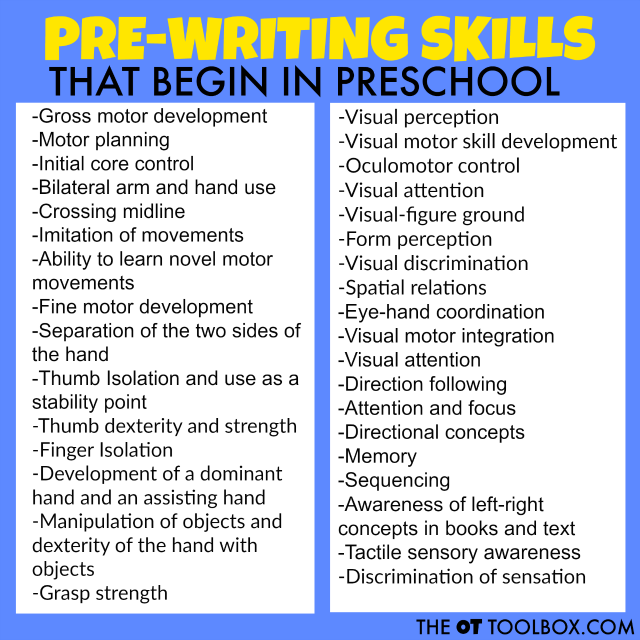This quick and easy rainbow writing activity is an easy handwriting activity to working on letter formation and letter construction. Rainbow writing handwriting is a strategy to work on letter formation as a multisensory learning activity for kids. This handwriting activity is an Easy Handwriting strategy that can be so helpful in teaching letter formation and pencil control.
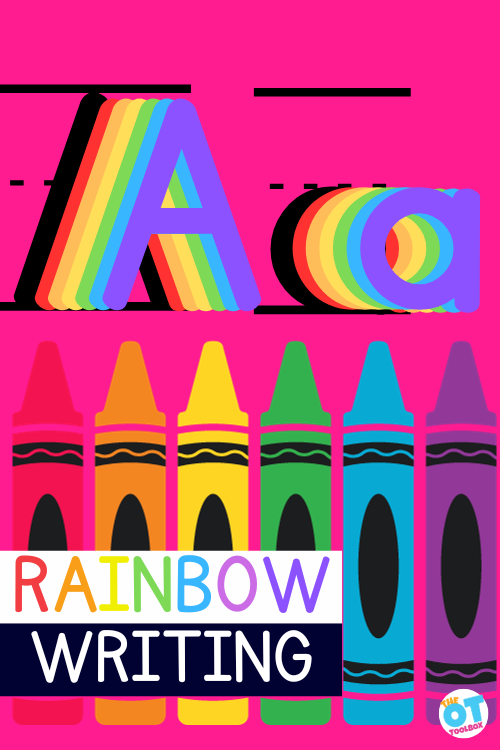
You can practice letters with rainbow writing using different utensils. We used rainbow writing with chalk before too.
What is Rainbow Writing
Rainbow writing might be a handwriting activity that you’ve heard of before. Many times, we see rainbow writing as an option for practicing sight words or high frequency words, especially as a multi-sensory learning options.
Typically, you’ll see rainbow writing as one way that kids can practice writing words and letters: They are asked to write the words in a color of the rainbow and then trace over those letters with another color, thus making a rainbow of letters.
Rainbow writing is a great strategy for practicing handwriting! Kids get multiple attempts at forming letters, working on motor planning, pencil placement, and repetition (practice) that very much plays a part in handwriting legibility.
Things to Watch for with Rainbow Writing
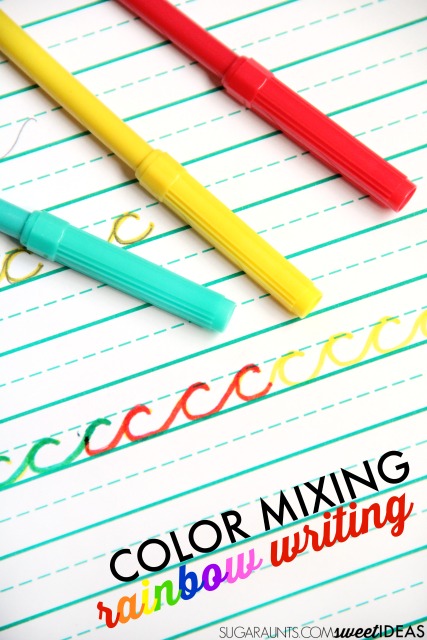
When tracing, there are some things to consider. Especially with rainbow writing, kids can develop bad letter formation habits. Read through this resource on tracing sheets to see the pros and cons of tracing with kids.
Some things you’ll want to consider about rainbow writing activities:
- Be sure to watch how the student starts the letters when they rainbow write. It can be easy to start a poor muscle memory for writing the letters if they start at the wrong starting point or form the letters incorrectly. When they rainbow write each letter and it progressively gets worse, this can create an incorrect motor plan in the handwriting process.
- Make sure the child that is using rainbow writing to practice letters don’t progressively move their pencil in bigger and bigger strokes as they include each color.
- Some kids tend to make the rainbow letters with colors next to each other like a rainbow rather than tracing on top of each color. Ask the student to make a mixed up rainbow by tracing right on top of each color.
How to use Rainbow Writing for handwriting
Rainbow writing is a way to work on legibility of written work.
Helping kids write letters with correct letter formation is essential for legibility, especially as kids get older and are required to produce more written work at a faster rate. Consider the high school student that needs to rapidly jot down notes. If letters are formed from bottom to top or in sections, their speed and legibility will drastically drop. Sometimes it is speed OR legibility that suffers when a child needs to produce more amounts of written work in a specific period of time (i.e. copying down notes as a teacher rattles off details.
The younger student will be affected by inaccuracies in letter formation as well. Around the third grade, students are responsible for jotting down their homework assignments into a planner.
When the child is bombarded by classroom sensory input (pencil sharpeners, students, desk chairs moving, hallway distractions, coughing classmates…) difficulties with letter formation can result in illegible homework lists and trouble with re-reading the assignment list when the student attempts to start on homework.
Rainbow Writing Color Changing Activity
There’s more to rainbow writing than incorporating colors and sensory experiences into handwriting. Color Mixing Rainbow Writing is a creative way to help kids learn the right way to actually form letters, because the task allows children to self-correct their written work right in the moment.
They can see where their letter formation has veered into poor letter size or placement. Rainbow writing then becomes a strategy to improve motor planning in handwriting and pencil control as well.
Affiliate links are included below.
In the handwriting activity shared here, we are taking rainbow writing a step further.
This letter formation activity is really simple and a LOT of fun. Kids can work on typical motor pattern of letters by exploring color mixing.
MATERIALS for Rainbow Writing
When you rainbow write, a student can use different colors of crayons, markers, colored pencils, or even chalk. You can use colors of the rainbow, or if you want to work on color changing, use just a couple of the colors.
- You’ll need just three markers for this activity.
- Red, Yellow and Blue markers are all you need to work on letter formation with color mixing. We used dollar store markers, but also tried these washable markers (affiliate link- As an Amazon Influencer, I earn from qualifying purchases.) and the activity worked too.
How to rainbow write with color changing
- For this activity, you’ll need to first write the letters that you are working on in one color. Then, using another color, trace over the letters to create a new color.
2. Mixing the yellow and red made orange letters and mixing the yellow and blue markers made green letters.
Kids can work on letter formation but experience the color changing of the markers when they write over letters in different colors.
Some different options to try with this rainbow writing activity:
- Use just 2 colors so kids can try mixing two primary colors to see what the colors make
- Not when the colors do not change: did they marker lines go off the lines? Can letters be written again or can the student try again to make the colors change?
- Some kids may benefit from a model that is written in one color by the teacher, therapist, or parent. Then, the student can try to keep their letters on the lines to ensure proper size, spacing, and formation
- Try making color coded messages to one another using the color changing activity
- Work on phonetic awareness, by making vowels or phenomes one color and consonants or letter blends another color.
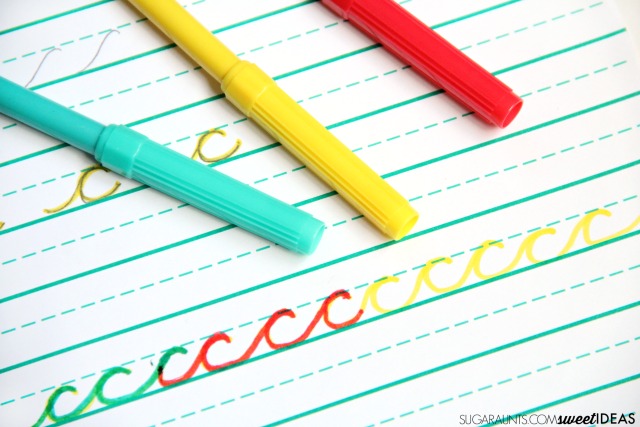
Tips for Rainbow Writing
Because kids can develop bad habits with rainbow writing, here are some things to keep in mind.
- Work on letter formation with this activity by providing kids with the amount of assistance they need to form letters correctly. At first, they may need verbal, physical, and visual cues to form letters correctly.
- Encourage students to form the letters from top to bottom and in the correct way. When they re-trace the letters with a second color, be sure they are forming and tracing the letters correctly.
- When kids trace over the colors, they will be forming letters slowly in order to trace over the letters and ensuring the colors mix.
- By tracing over the lines to form letters, they are building the typical motor patterns needed to write the letters correctly and efficiently.
We worked on cursive letters with this activity, but it would work very well with printed letters, particularly letters that are typically reversed or confused like b and d reversals.
Here is more information on letter reversals to consider.
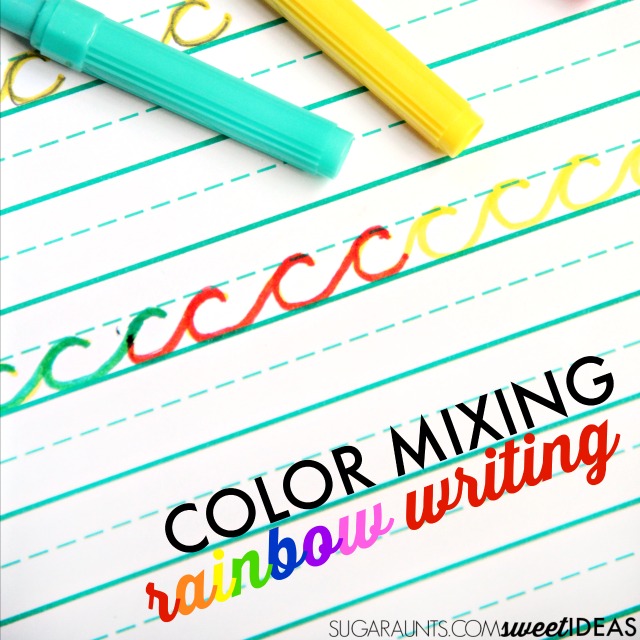
Looking for more creative ways to work on handwriting? Check out these creative ways to help kids work on their written work:
Functional Handwriting Practice Ideas
Visual Tracking Tips and Tools
Handwriting Spacing Tool and Spatial Awareness Tips and Tools
DIY Dry Erase Board Handwriting Travel Kit
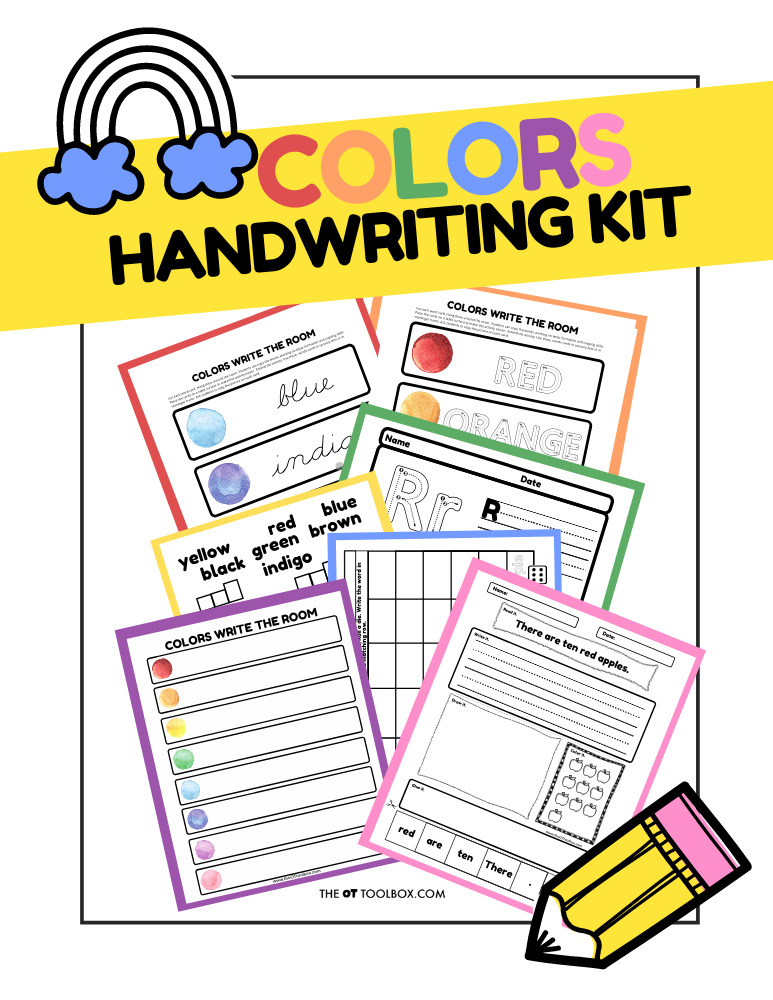
Rainbow Handwriting Kit– This resource pack includes handwriting sheets, write the room cards, color worksheets, visual motor activities, and so much more. The handwriting kit includes:
- Write the Room, Color Names: Lowercase Letters
- Write the Room, Color Names: Uppercase Letters
- Write the Room, Color Names: Cursive Writing
- Copy/Draw/Color/Cut Color Worksheets
- Colors Roll & Write Page
- Color Names Letter Size Puzzle Pages
- Flip and Fill A-Z Letter Pages
- Colors Pre-Writing Lines Pencil Control Mazes
- This handwriting kit now includes a bonus pack of pencil control worksheets, 1-10 fine motor clip cards, visual discrimination maze for directionality, handwriting sheets, and working memory/direction following sheet! Valued at $5, this bonus kit triples the goal areas you can work on in each therapy session or home program.

Colleen Beck, OTR/L has been an occupational therapist since 2000, working in school-based, hand therapy, outpatient peds, EI, and SNF. Colleen created The OT Toolbox to inspire therapists, teachers, and parents with easy and fun tools to help children thrive. Read her story about going from an OT making $3/hour (after paying for kids’ childcare) to a full-time OT resource creator for millions of readers. Want to collaborate? Send an email to contact@theottoolbox.com.


